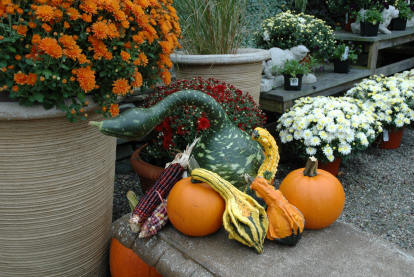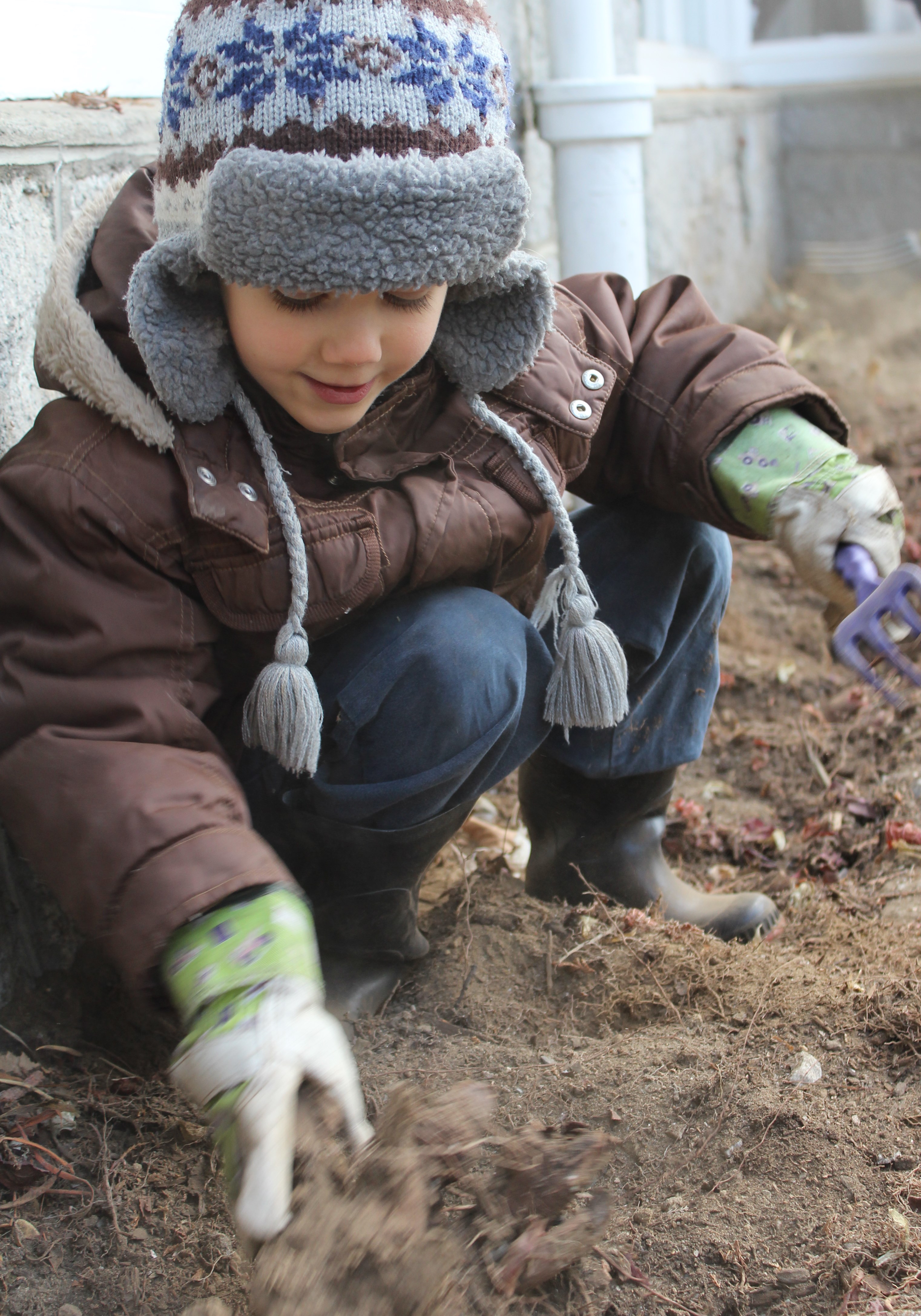Look for spring ephemerals! Take a walk in the woods – trillium, spring beauty, trout lily, Virginia bluebells are beginning their season, and they don’t last for long! Spring ephemerals simply are plants that bloom, set seed and disappear by May – a very short presence, but beautiful and worth seeing.
When the trees push the season’s leaves, expect to no longer see the spring ephemerals. These plants are unique in that they take advantage of the early spring sun before leaves grow on trees and shrubs to complete their life cycle/produce seeds, for next year. Many of these wildflowers are available for our shade gardens from nurseries. Now is a good time to buy them,
as they begin to emerge in the pots. Plant these sweet ephemerals in a shady location rich in organic matter.
Plant early spring vegetable crops. Plant lettuce, peas, spinach, potatoes, and perennial crops like rhubarb and asparagus outdoors. As March progresses, the weather could either be warm and dry, or wet and cold. However, typically in this area early spring crops that can handle the cooler temperatures can be seeded outdoors by mid to late March. Keep in mind, though,
that if the soil is too wet, more damage can be done than good. Walking, tilling, or digging in wet soil will cause a breakdown in soil structure, cause clumping and compaction, none of which are conducive to good growing.
But if the soil is ready to work (not too wet), pull all the winter weeds, clear any debris from last season and plant seeds like lettuce, spinach and peas. Seed potatoes can also be planted as well as the perennial crops like horseradish, rhubarb and asparagus.
 When planting spring greens, be sure to read the package. It’s important to know if you are growing head-type lettuce or leaf lettuce. As the plants germinate, some seedlings will have to be thinned to get good development, depending on the type being grown. Head lettuce and romaine do best if started in the garden as transplants. Sow those seeds indoors now for
transplanting in the garden once the danger of a hard freeze is over.
When planting spring greens, be sure to read the package. It’s important to know if you are growing head-type lettuce or leaf lettuce. As the plants germinate, some seedlings will have to be thinned to get good development, depending on the type being grown. Head lettuce and romaine do best if started in the garden as transplants. Sow those seeds indoors now for
transplanting in the garden once the danger of a hard freeze is over.
Rhubarb, asparagus and horseradish can be purchased as roots now. When planting these crops, remember they are perennial, so locate them where they will not have to be moved anytime soon. Mulching is always a good idea to help control weeds and hold in moisture. Since these are perennial crops, take advantage of the textures of these plants and intermingle them in your
sunny perennial borders. The big leaves of rhubarb and the ferny foliage of asparagus look great in any garden. These vegetable plants get quite large, so allow plenty of room for them to grow.
Turn compost. Now that winter is over (hopefully), take some time to turn the compost. If you are anything like me, the food scraps have been "piling" up on top of the heap. Grab the pitchfork and get the winter scraps turned under. I’m certain the winter has made some great garden compost for this season!
Cut back grasses. Ornamental grasses are often left alone through the winter months. The color of the leaves and the flowers give texture to the winter garden. However, as the days get longer and temperatures begin to rise, so does new growth. On a warm March day, find those clippers and cut the grasses back before the new growth begins.
 Pull perennial weeds and winter annual weeds. Winter annual weeds can be quite a problem in our landscapes. These seeds germinate in the late summer/early fall – just about the time many folks get tired of gardening for the season. They remain as a rosette of leaves throughout the winter than begin to bloom and set seed in the spring. The trick to controlling these
weeds is to pull them prior to bloom time. March is a great month to "weed" out these nuisance plants. Perennial weeds may also begin to show their nasty leaves. Getting an early start on weeding will help in weed control as the season progresses.
Pull perennial weeds and winter annual weeds. Winter annual weeds can be quite a problem in our landscapes. These seeds germinate in the late summer/early fall – just about the time many folks get tired of gardening for the season. They remain as a rosette of leaves throughout the winter than begin to bloom and set seed in the spring. The trick to controlling these
weeds is to pull them prior to bloom time. March is a great month to "weed" out these nuisance plants. Perennial weeds may also begin to show their nasty leaves. Getting an early start on weeding will help in weed control as the season progresses.
Prune dead, diseased and dying branches from trees and shrub. Before the leaves begin to cover the trees and shrubs, the plant structure is easily seen. Snow and ice can cause branches to break. The best thing you can do to keep trees or shrubs healthy is to cut out the broken branches. Also any branches that are dead or appear to be dying should be cut out.
Proper pruning cuts are imperative to a healthy plant. Never cut into the branch collar, but always cut just outside the collar. (The collar is the visible ring around the branch where it attaches to the branch it’s growing from.) If you are interested in learning more about pruning, attend the Pruning Workshop on Tuesday, March 22 at 6:30pm at the Agricultural and
Natural Resource Building, 670 Old Harrisburg Road, Gettysburg. To register or for more information, call 717-334-6271.
Trap voles. After the snow melts, we can easily see the trails the voles made through the winter months. Voles are rodents that feed on roots of plants or around the base of plants like bark of trees and shrubs. Moles, however, feed on insects in the soil and may be considered beneficial as they help control grubs. Snap traps bated with peanut butter or apples placed
around the plants where the voles are feeding will help to control them. Repellants are available that can be used on the base of the plants to help keep these damaging critters away.
Fertilize houseplants. As the days grow longer, houseplants begin to push new growth. March is the time to begin to fertilize plants to supply the needed nutrition they need to be healthy. Houseplants are grown in soilless mixes, which are nutrient poor. Therefore we must supply those nutritional needs. There are many houseplant fertilizers on the market, from organic
to chemical, quick release to slow release. If the plant has a nutritional deficiency shown by the coloration of the leaves, a quick release fertilizer may be the answer. It will quickly be taken up by the plant fixing the nutritional problem. If there is no visible nutritional deficiency, a slow release fertilizer may be a better choice, as it will last much longer in
the soil and slowly be taken up by the plant.
Take advantage of gardening workshops and seminars that happen throughout the region. Penn State Extension and University of Maryland Extension offer many classes to help you become a better gardener. Think spring and enjoy the garden!